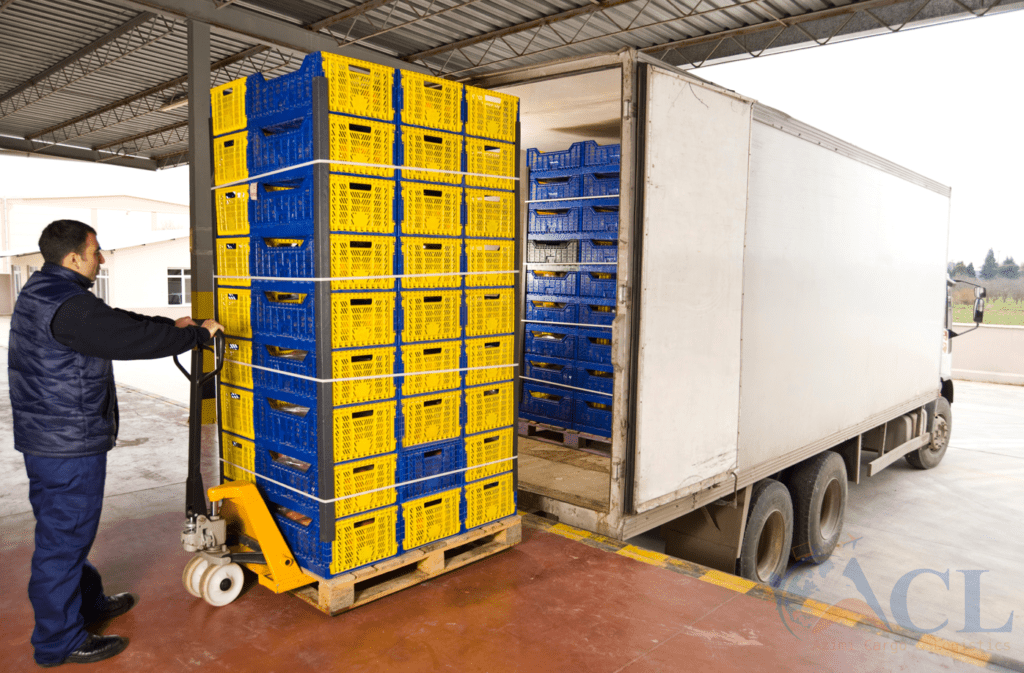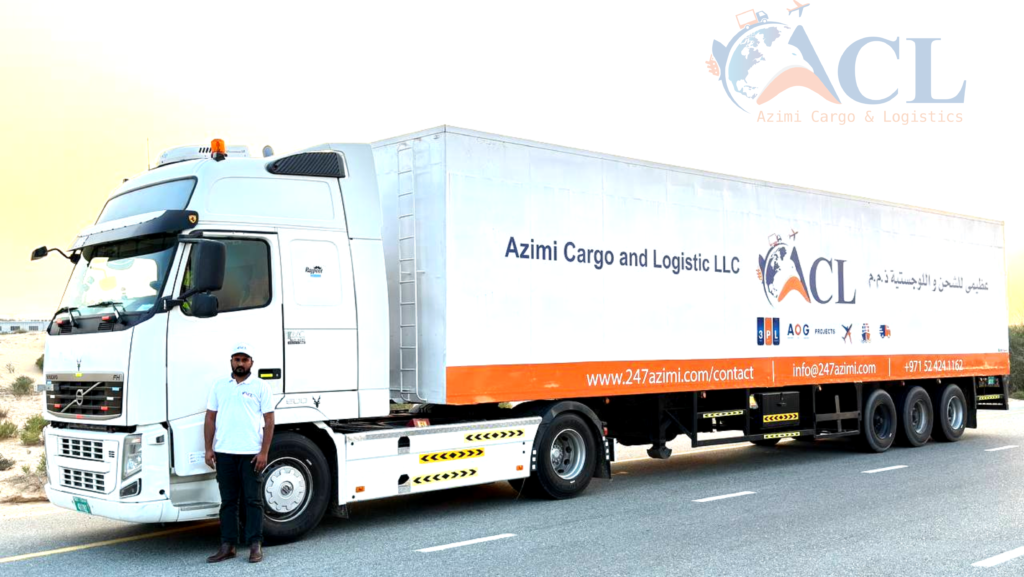Perishable / Reefer Equipment

About Perishable / Reefer Equipment
Perishable goods refer to products that have an expiration date, such food that will go bad if not consumed in a certain amount of time. Food items like milk and cheese, produce, and meat are all perishable.
Nowadays, the market and the consumers ask for more demands regarding the quality of goods and products, including perishable goods. So, to secure the goods’ quality while being shipped, every retailer or manufacturer should know the best way to transport these perishable goods. Transporting goods, particularly perishable goods, is a complicated process and needs more careful handling.
To keep the excellent condition of fruits, vegetables, meats or fish imported or exported from other countries. It is also crucial to understand the best methods to ship these perishable goods aside from properly handling them. Generally, it requires a complex, quality system throughout the entire transportation process, but will surely benefit you in the end.
Service tailored to your needs!
ACL has a long tradition in shipping and handling food stuff be it meat, fish, fruit, vegetables, herbs or other foodstuff like Fresh, dried, chilled, frozen, canned or in jars.
Vehicles for Transporting Goods at Controlled Temperatures
So, how to transport perishable goods? Unlike other items, perishable goods are generally stored and shipped on vehicles with a controlled temperature system. Below are some shipping vehicles build to keep your perishable products at their ideal temperature and condition.
Isothermal
This type of vehicle has isolating doors, walls, floor and ceiling, which control the exchange of heat between the exterior and the interior part of vehicles.
Reefer containers
Reefer containers – short for refrigerated containers – are one of six types of shipping containers used in freight forwarding. They look almost identical to regular containers but function as large fridges that can control the temperature of their cargo. This makes them ideal for transporting goods such as pharmaceuticals, fruits, meat, fish and flowers.

More Services
Request Quote
Contact Information
+971 44 561 678
info@247azimi.com
P.O Box - 449226
Dubai, UAE



